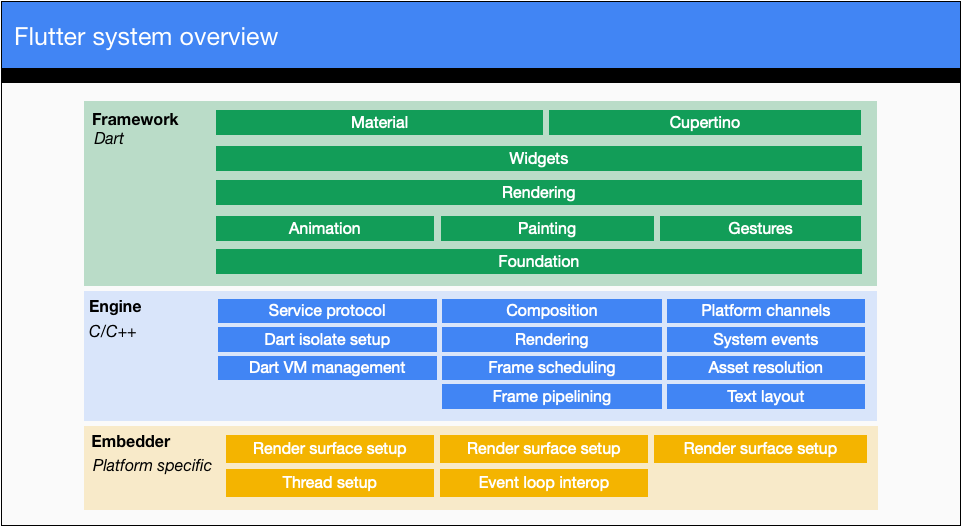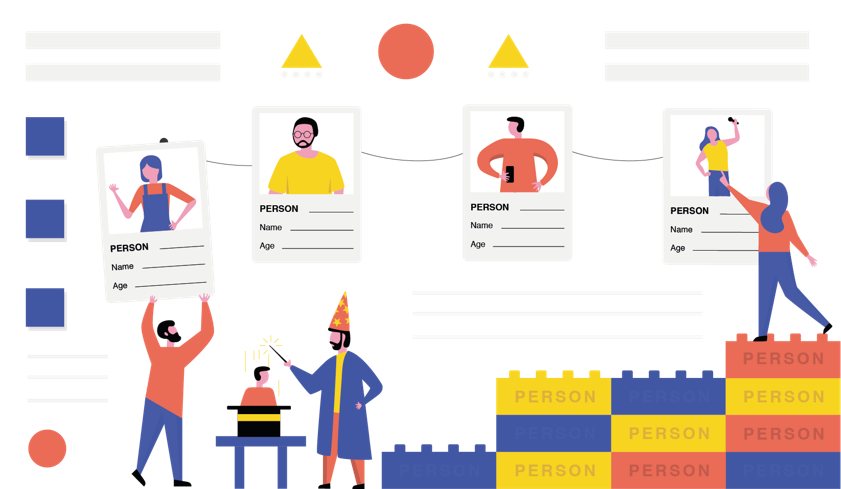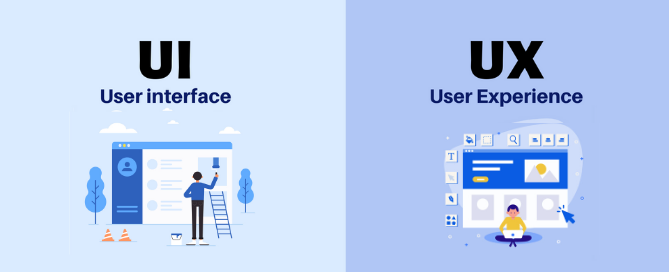With the declaration of COVID-19 as a global pandemic and with no clear solution in sight; these are challenging times. Every company across all sectors have had to made difficult choices in order to maintain and preserve business continuity. Many parts of the globe were directed into a lockdown to avoid movement of people in order to contain the spread of this novel virus. Borders were closed, airspace was closed to civilian population and people were asked to self-quarantine in their own homes.
This makes it a priority to support remote working, self-serve applications on a large scale with a working strategy. We must also keep in mind the current load on the information technology infrastructure with added security and communication infrastructure towards a seamless experience.
Work from Home (WFH) or Remote-working
The first function of any Business Continuity Plan when it kicks in, is to ensure the safety of the workforce, to ensure that they have reached home or a safe place and are away from danger.
In this world of instant connectivity via phones, internet, e-mail and messaging apps, work can also be transposed from workplace to home.
- Workers are already provided with a work phone and a laptop in many cases.
- Bit-Locker Pins are allowing converting a personal laptop to enable logging in to the company intranet and access files and folders used for work.
- VPN and cloud-based services ensure continuity.
- It is also a means to flexibility in a work schedule for different types of workers inclusive of global talent.
This could also usher in a new age of WFH professionals reducing the burden on public transport systems and reduction in office leases. Only time will tell.
Self-Serving Apps
The many tools in one, approach of the smartphone has given rise to various apps which control and make easy different aspects of our life from healthcare, banking, travel, food, education and many other sectors.
- With this current pandemic, doctors are using this technology to monitor and track progress of the suspected patients and control their movements in terms of quarantine facilities.
- Food and grocery distribution is being made easy through food apps which usually deliver readymade food from restaurants and have shifted to providing basic groceries to sustain families.
Communication Strategies: Staying in Touch with Your Employees
In this digital world, you can use chatrooms and online meeting tools, using video conference software, such as Google Duo, Facetime, Zoom, etc.
It maintains deeper connectivity as you can see the person face to face, in front of you helping you to gauge a response to a question, detect moods and capture full attention of the person. It can also be mental boost, an event to look forward to, where everyone can brainstorm once in a while, and put across points and observations. It allows everyone to be connected at a scale-level and does not making anyone feel left-out or isolated. Everyone gets to be seen and heard.
Monitor Supply Chain
COVID-19 has widespread global ramifications in terms of financial and economic factors. It has laid bare the shocks felt to supply chains for raw materials, as well as finished products with disruptions on a large-scale and our natural human instinct to fear and panic. Even though the era has made technological advancements and solutions, we are still underprepared and unaware in many aspects.
The disruption being faced by businesses is not natural or intentional; and essentially leads us to a collapse and further steers us towards devastation. If not monitored, transportation and warehousing will definitely take a hit but various other routes and facilities can be marked for usability and continuity.
Since, the demand impact is greater than supply, due to fear and social distancing people lead to panic buying. This impact can be taken care of by rationing goods and through clear-cut directives from authorities towards buying of essential supplies.
Keeping Pace with Mobility
Now, that the current scenario has shown us the way forward, mobility can be useful and also sustainable for the way forward. But this comes with its own set of challenges.
What seemed impossible or was held up due to lack of requirement, can now be worked upon with strength and understanding towards any future uncertainty. This will act as a milestone and a stepping stone to future proof the needs, challenges and offerings due to mobility.
Low speed internet connections have helped in carrying the weight in rural areas or places with connectivity issues. Apps which have helped getting the job done even on a 2G connection have been hailed as winners, but not for long as it tends to frustrate the user due to slow and choppy networks. All apps will need to adapt the scalability model of testing to ensure a future oriented approach. The user perception will lean towards speed and durability, security and performance.
Conclusion: Prevention-Detection-Response
As the ball has been set rolling, Companies will need to integrate current learnings and improve on current responses, practices and strategies in terms of adequacy and effectiveness.
- Ensuring a robust framework for managing employees and work in times of distress
- Financing and cashflow systems and their back-ups
- IT and communication infrastructure and their evolving nature; cloud backups and virtual networks, digital storage and data security. This push towards an upwardly mobile workspace and work ethic will be a game changer in the years to come.
- Evolved thinking in terms of traditional assets, capital, cash flows, income, expenses, customers and competitors.
- Insurance policies and coverage will change dramatically; things which were not so important will be brought into focus.
For any technical support during the COVID-19 #coronatimes, you can contact the App Scoop Team to give you the most strategic solutions.














